NASA eyes September 3 for Artemis I Moon Mission launch; Know LIVE stream details and more
NASA is preparing to launch the Artemis I mission on September 3, which is the first step in the next era of human exploration of the moon. Know the details here.
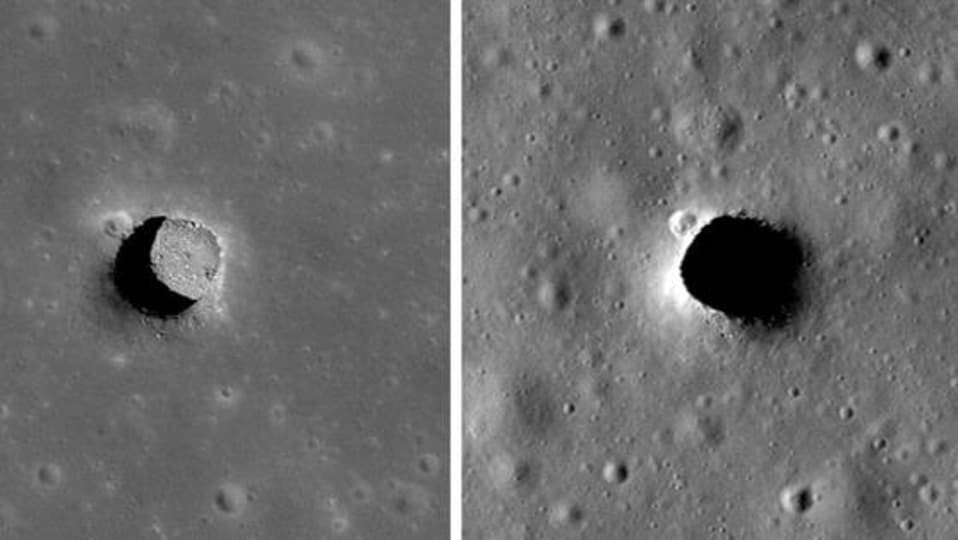
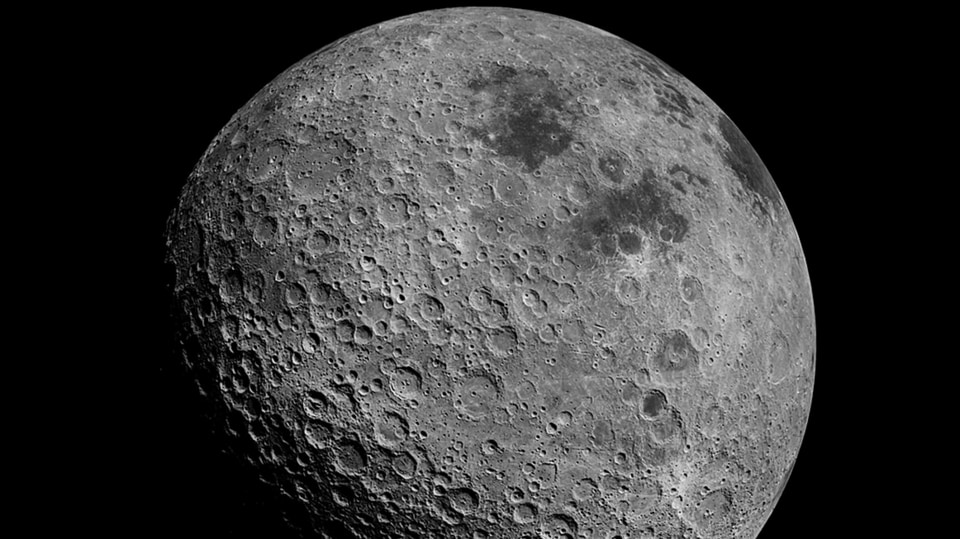
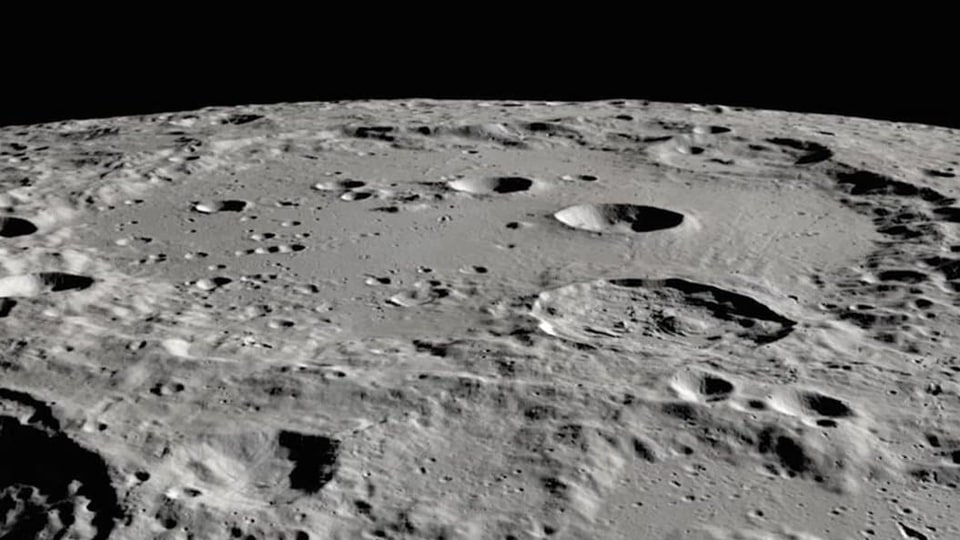
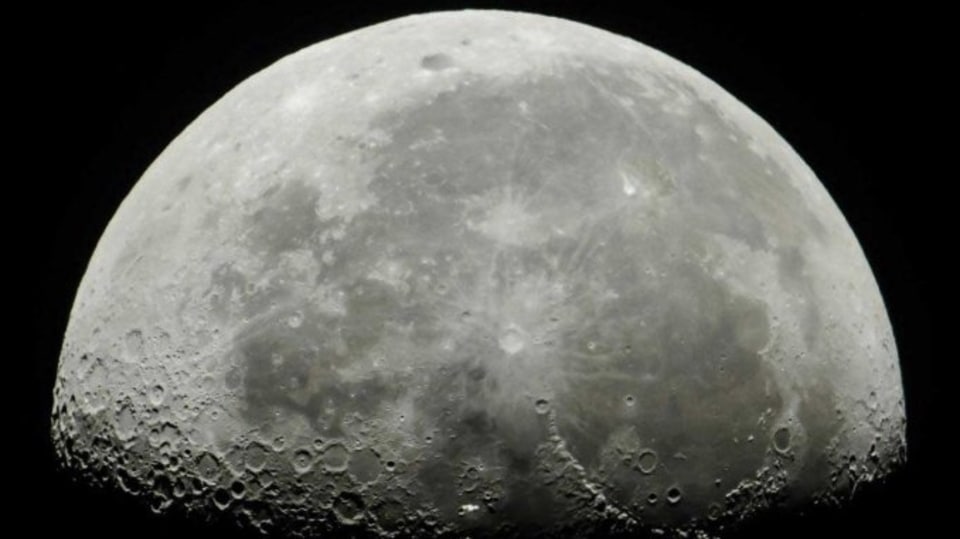
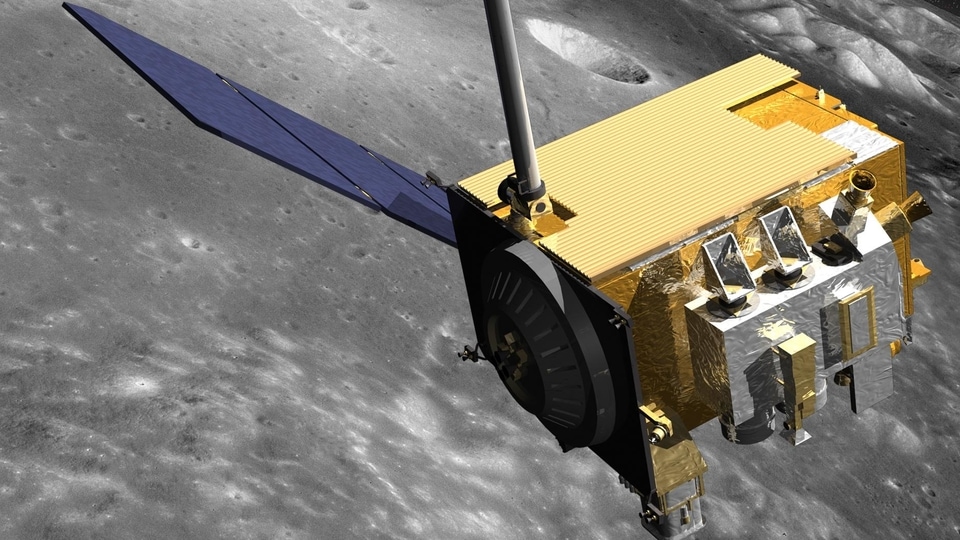

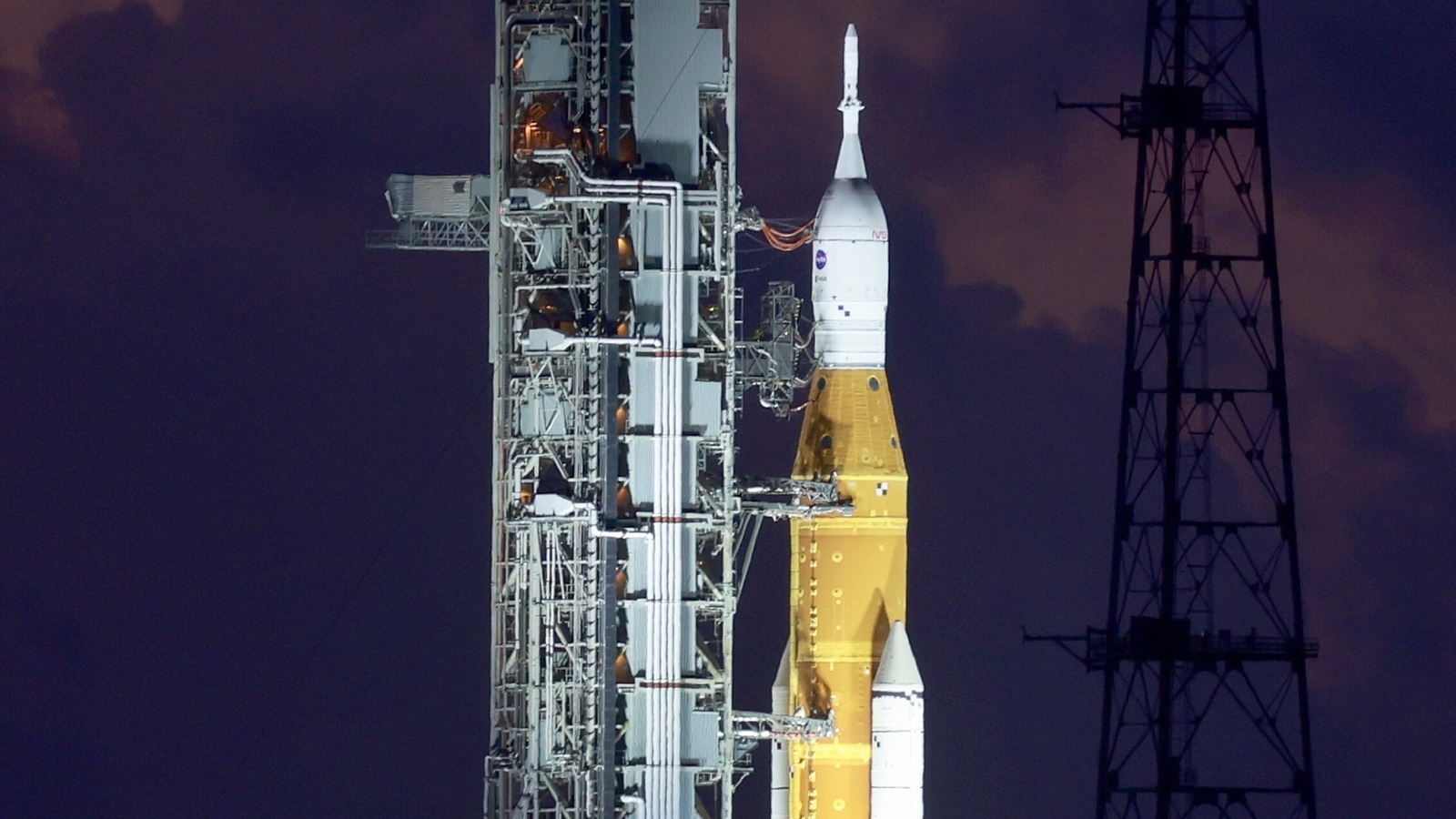
 View all Images
View all ImagesA few days after some technical issues thwarted the first attempt to launch the spacecraft, US space agency NASA has set September 3 for the launch of the next-generation moon rocket mission Artemis I. This flight test is an uncrewed mission around the Moon that will pave the way for a crewed flight test and future human lunar exploration. Now, on September 3rd, NASA and the whole team of the Artemis I mission are set to jump-start the spacecraft. Here's all you need to know about NASA Artemis I moon mission.
NASA Artemis I moon mission launch date
As per the latest information, NASA has finally targetted 2:17 p.m. EDT on Saturday, September 3, for the Artemis I launch. It will be the first integrated test of NASA's Space Launch System (SLS) rocket, Orion spacecraft, and the ground systems at the agency's Kennedy Space Center in Florida. NASA says that there is a two-hour launch window for the second attempt.
NASA Artemis I: LIVE streaming
The live coverage of events will be aired on NASA Television, the NASA app, as well as Facebook, Twitch, NASA YouTube, and in 4k on NASA's UHD channel. You can visit here - https://www.nasa.gov/live. However, the countdown for the launch will begin on Saturday, at the opening of a planned 2.5-hour built-in hold at 4:37 a.m. EDT.
What happened during the first attempt of NASA Artemis I mission
NASA confirmed that mission managers discussed data and developed a forward plan to address issues that arose during an Aug. 29 launch attempt for the flight test. The team noticed a hydrogen leak on a component. Mission teams are currently analyzing the data, updating procedures, and checking out hardware to address the issues.
"In the coming days, teams will modify and practice propellant loading procedures to follow a procedure similar to what was successfully performed during the Green Run at NASA's Stennis Space Center in Mississippi," NASA said in a blog post.
For the next launch attempt, meteorologists with the U.S. Space Force Space Launch Delta 45 will let the agency know if weather condition are favorable.
Catch all the Latest Tech News, Mobile News, Laptop News, Gaming news, Wearables News , How To News, also keep up with us on Whatsapp channel,Twitter, Facebook, Google News, and Instagram. For our latest videos, subscribe to our YouTube channel.




























